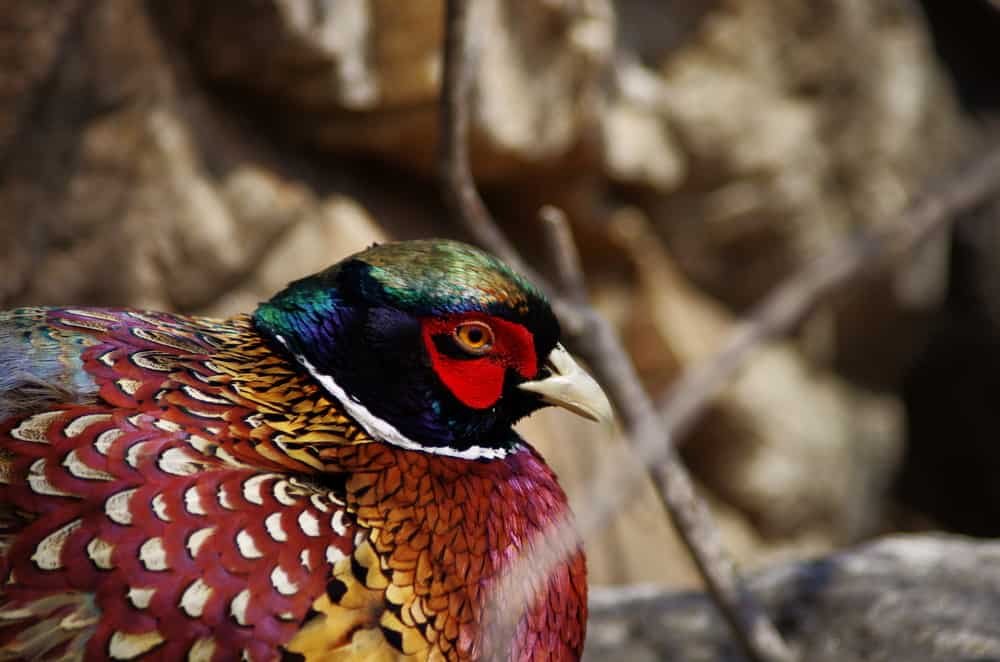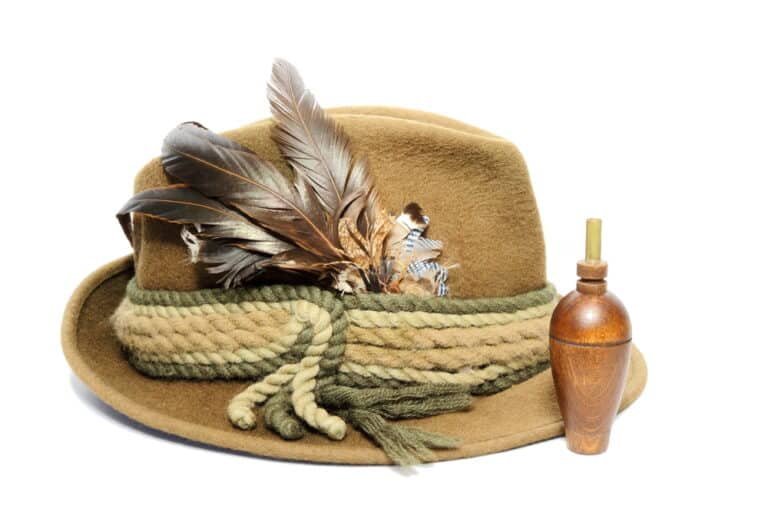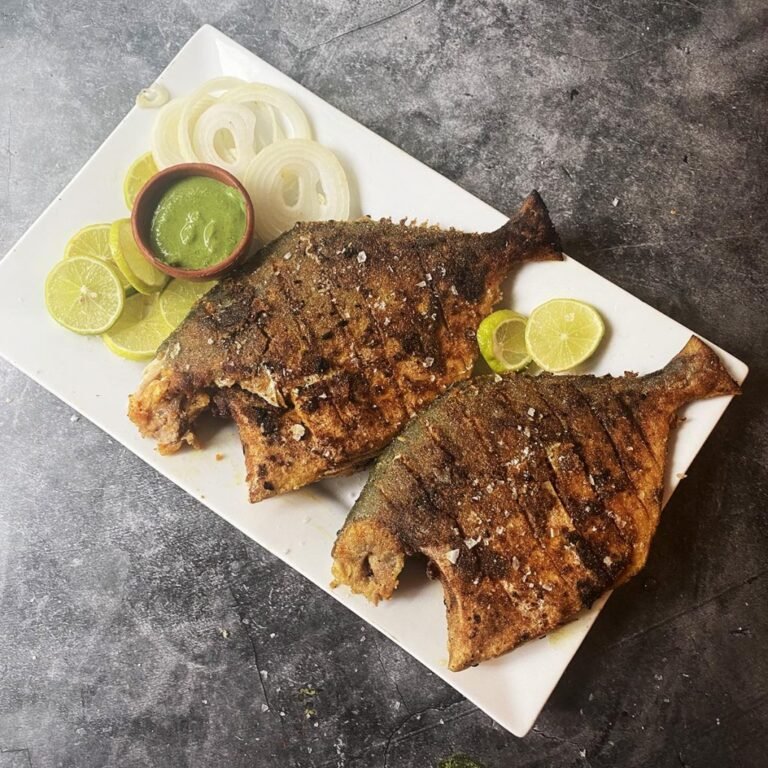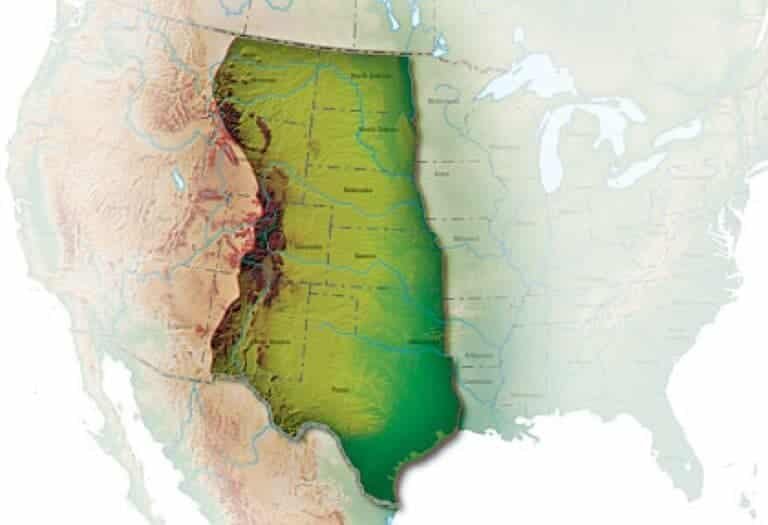Phenomenal Pheasant Photos: Spotlighting Species Secrets for You
Pheasants, with their majestic appearance and vibrant plumage, have long fascinated nature enthusiasts and photographers alike. These remarkably colorful birds belong to the family Phasianidae and are native to Asia. In this blog we will discuss pheasant photos – everything you need to know.
They have become widely introduced in other parts of the world due to their popularity as game birds. Pheasants are renowned for their elaborate courtship displays, where males showcase their striking feathers to attract mates.
Brief overview of pheasants as a species
Pheasants encompass approximately 49 species, each with unique characteristics and distinguishing features. The common pheasant (Phasianus colchicus) is the most well-known example of understanding this avian lineage.
Adult male common pheasants are adorned with iridescent plumage with a glossy mix of copper, gold, green, and blue hues. In contrast, females exhibit more subtle tones, such as buff or mottled brown feathers.
These ground-dwelling birds are known for their robust build and sturdy beaks adapted for feeding on seeds, insects, fruits, and plants found in varied habitats ranging from grasslands to woodlands. Pheasant populations can thrive in diverse environments but typically prefer areas with abundant cover that allows them to hide from predators when necessary.
Capturing the beauty and behavior of pheasants
Photography is essential in documenting pheasants’ captivating beauty and intricate behaviors. Through skilled observation behind the lens, photographers can capture striking images that unveil the splendor of these avian wonders like never before. One significant advantage photography offers is its ability to freeze moments in time that may otherwise be fleeting or difficult to witness firsthand.
For instance, the vivid colors displayed by male pheasants during courtship rituals often last mere seconds. With the aid of a camera, photographers can preserve these ephemeral displays in perpetuity, allowing others to appreciate the mesmerizing dance of nature.
Moreover, photography enables us to delve into the realm of intimate behaviors and interactions that occur within pheasant communities. From aggressive territorial disputes between males to tender parental care exhibited by females, these moments provide valuable insights into their complex social dynamics.
Through careful observation and skillful composition, photographers can immortalize these pivotal moments in images that engage viewers and arouse curiosity about the lives of these fascinating birds. Pheasants are remarkable creatures deserving of admiration and study.
Photography is a powerful medium to convey their intrinsic beauty and the intricacies of their behavior. With each click of the shutter release, photographers can unveil a world where splendor meets grace in an avian tapestry woven with vibrant plumage and captivating conduct.
Equipment needed for pheasant photos
Capturing stunning photos of pheasants requires the right equipment. When it comes to cameras, there are several options to consider. DSLR cameras are popular among photographers due to their versatility and ability to capture high-quality images.
On the other hand, Mirrorless cameras offer a more compact and lightweight option without compromising image quality. Advanced compact cameras can be an excellent choice for those seeking simplicity without sacrificing performance.
Regarding lens selection, telephoto lenses are essential for photographing pheasants from a distance. These lenses allow photographers to capture close-up shots with great detail even if they can’t get physically close to the birds.
A focal length of around 300-400mm is generally recommended for capturing distant shots effectively. In addition to telephoto lenses, macro lenses play a crucial role in capturing intricate details of pheasants up close.
These lenses allow photographers to focus on small features, such as feathers or eye details, with exceptional sharpness and clarity. To ensure stability during long shoots and minimize camera shake, tripods and monopods are indispensable tools for pheasant photography.
Tripods provide maximum stability and flexibility when photographing from a fixed position or setting up long-exposure shots at dawn or dusk. Monopods offer similar benefits but with increased mobility, making them ideal for tracking fast-moving subjects like flying pheasants.
Understanding pheasant behavior and habitat
To truly capture the essence of these majestic birds through photography, it is essential to have a solid understanding of their behavior and preferred habitats. Researching the specific species of pheasant being photographed will provide valuable insights into their unique characteristics. Identifying their preferred habitats is another crucial aspect, allowing photographers to spot pheasants in their natural surroundings.
Pheasants can be found in various habitats, such as grasslands, woodlands, and agricultural fields. Understanding their feeding patterns is equally important, as it helps predict their movements and the best times to photograph them.
By observing pheasants in their natural habitats, photographers can gain valuable insights into their behavior during different times of the day or seasons. This knowledge will enable anticipation of certain actions, such as feeding or courtship displays, increasing the chances of capturing remarkable moments with the camera.
Techniques for Capturing Pheasant Photos
Composition tips for visually appealing images
When composing a visually appealing pheasant photo, two key techniques can greatly enhance the overall impact of your image. The first is the rule of thirds, which involves dividing your frame into a grid of nine equal parts and placing the subject off-center along one of the intersecting lines.
Doing so creates a more dynamic composition that draws attention to the pheasant while also allowing for interesting negative space. This technique adds balance and visual interest to your photos.
Another effective technique is using leading lines to draw attention to the pheasant or its surroundings. Leading lines are elements within a photograph that guide the viewer’s gaze towards the main subject.
In the case of pheasants, this could be tree branches, tall grasses, or even tracks on the ground leading towards them. By incorporating such lines into your composition, you not only create depth but also direct attention towards the captivating beauty of these birds.
Lighting considerations for stunning photos
Lighting is vital in photography and can make or break an image. When capturing stunning pheasant photos, understanding lighting considerations becomes crucial. The golden hours – early morning and late afternoon, around sunrise and sunset – offer soft, warm light that enhances colors and textures while creating beautiful shadows and highlights.
During these times, when sunlight travels through more atmosphere before reaching your subject, it becomes diffused, resulting in a pleasing glow. On the other hand, midday light can be harsh and unflattering as it casts strong shadows that may obscure important details or create excessive contrast in your photographs.
To avoid such issues during bright daylight hours when shadows are harsher due to direct sunlight directly overhead, consider using natural shade provided by trees or a diffuser to soften the light falling on your subject. By being mindful of lighting conditions, you can elevate the visual impact of your pheasant photos and bring out their true beauty.
Pheasant Photos in Different Seasons
Spring: Capturing Courtship Displays and Vibrant Plumage
In spring, pheasants engage in fascinating courtship displays that are both mesmerizing and challenging to capture. The males put on an elaborate show, fluffing their feathers, stretching their necks, and fanning their tails in vibrant displays of dominance. To capture these magnificent moments, it is crucial to observe the pheasants’ behavior patterns and identify suitable locations around their breeding grounds.
Patience is key as you wait for the perfect moment to frame the pheasant against a visually pleasing background. Pay close attention to lighting conditions to enhance the vibrant plumage of the male birds during their displays.
Summer: Photographing Chicks and Active Behaviors
Summer brings adorable scenes as pheasant chicks emerge from nests, following their parents into the world. To capture these charming moments, a telephoto lens with good autofocus capabilities is essential for maintaining a respectful distance while still getting detailed shots of these little ones.
Focus on capturing their interactions with each other or with adults as they explore their surroundings or learn essential survival skills like feeding or flying short distances. Patience is imperative during this season, as chicks can be elusive and easily scared away.
Fall: Autumn Colors for Stunning Backgrounds
As autumn arrives, nature paints landscapes with breathtaking hues that add an extra dimension to pheasant photography. The warm tones of reds, oranges, and yellows create stunning backgrounds that make your subjects stand out even more dramatically.
Seek locations where autumn foliage is plentiful, such as wooded areas or fields adorned with vibrant vegetation. Use backlighting techniques to highlight the rich colors surrounding your subjects while ensuring proper exposure to the pheasants.

Conclusion – Pheasant Photos
Photographing pheasants in different seasons offers a remarkable opportunity to capture the diverse behaviors and appearances of these magnificent birds. From the courtship displays of spring, with vibrant plumage gracing the frame, to the adorable chicks and their active behaviors in summer, and finally, the captivating backdrop of autumn colors in fall, each season brings its own unique charm.
By understanding pheasant behavior and habitats, employing proper techniques for composition and lighting, and having patience and perseverance, photographers can create truly captivating images. So grab your camera gear and venture into the world of pheasant photography – a world where nature’s beauty unfolds before your lens!






